Top 10 Tea Tree Oil (Melaleuca) Uses and Benefits
What is Tea Tree Oil (Melaleuca)?
Tea tree oil (melaleuca) is a type of essential oil that can be used for many different purposes. The oil itself comes the leaves of a Melaleuca alternifolia, which is commonly referred to as the tea tree. The color os the oil can range from pale yellow to clear. The oil has many different positive benefits that it offers, but it is toxic when consumed. Tea Tree Oil (Melaleuca) is currently used for the following items: acne, hair, cleaning, psoriasis and eczema, toenail fungus and ringworm, mold, deodorant, infections and cuts, toothpaste, and potentially cancer prevention.

1. Acne
It is estimated that 80% of people between the ages 11 and 30 develop acne outbreaks. There are many different treatments that people have tried to prevent and help these outbreaks heal, and tea tree oil is one of those ways. Some people suffer side effects such as dry skin when trying different acne treatments. Using Tea Tree Oil (Melaleuca) with raw honey and applying for one minute can be an effective alternative to try if you suffer from acne outbreaks.
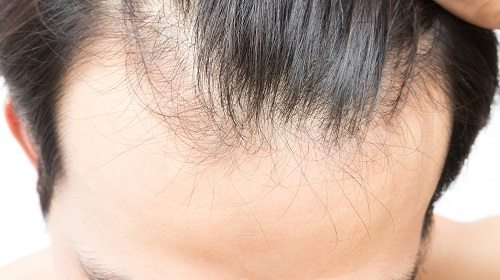
2. Hair
Tea Tree Oil (Melaleuca) can be beneficial for your hair and scalp health. It has the capability to reduce a dry and flaky scalp, which will help improve dandruff over time. It also can aid in unclogging hair follicles which will strengthen your roots and help your hair to grow. Additionally, some people have Tea Tree Oil (Melaleuca) to try and get rid of lice as well. You can apply it by mixing Tea Tree Oil (Melaleuca) with another oil such as coconut or almond, or you can create your own shampoo by mixing Tea Tree Oil (Melaleuca) with aloe vera and coconut milk.
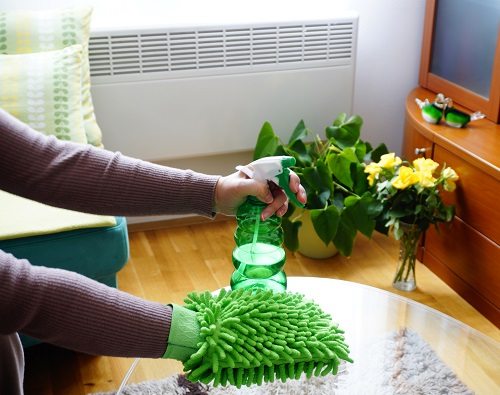
3. Cleaning
Tea Tree Oil (melaleuca) can be used as a natural cleaning product within your home as well. One of the most well-known properties of Tea Tree Oil (melaleuca) is that it fights to kill bacteria. You can create your own spray to clean surfaces in your house by combining vinegar, water, and Tea Tree Oil (melaleuca) in a 1-quart spray bottle. You can also add another other essential oil to change the smell of it as well. Spray the cleaner on items such as countertops, sinks, floors, and any other hard surface.
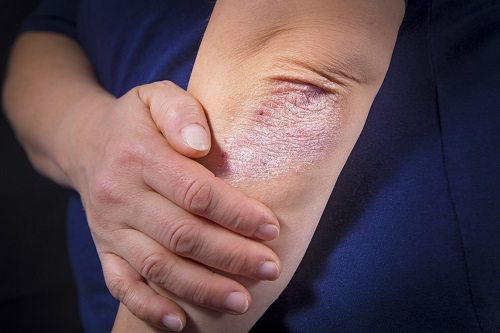
4. Psoriasis and Eczema
Psoriasis and eczema are conditions where your skinned becomes inflamed in certain areas. The inflammation in both cases causes the skin to become very itchy and uncomfortable at times. Tea Tree Oil (melaleuca) oil not only will work to kill bacteria that may add additional irritation to the sensitive patches of skin, but it will also work to reduce and sooth the inflammation itself. ALong with applying Tea Tree Oil (melaleuca), it is recommended that people with these conditions consider trying vitamin D3 supplementation.
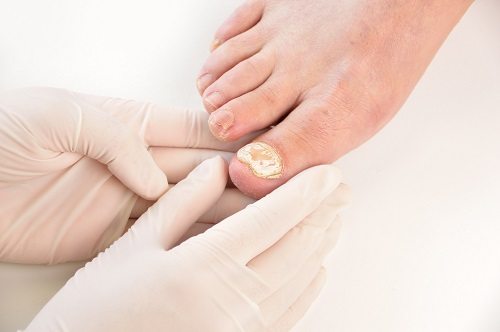
5. Toenail Fungus and Ringworm
Tea Tree Oil (Melaleuca) is actually strong enough to aid in the fight of fungus and parasites when applied directly to them. If you apply Tea Tree Oil (Melaleuca) for toenail fungus and don’t notice any results, try mixing Tea Tree Oil (Melaleuca) with an anti-fungal lotion. If you aren’t sure if you have ringworm or not make sure you do see a doctor as parasites infections can be much more serious over the long term compared to toenail fungus.
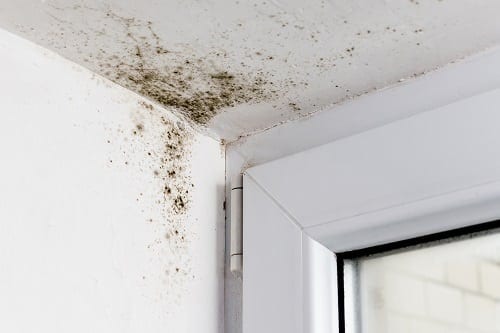
.
6. Mold
Another great use for Tea Tree Oil (Melaleuca) is to destroy mold and mold odor. Mold occurs quite easily within dark, damp locations such as your basement, sinks, shower curtains, fridges, and many other places. To treat mold with Tea Tree Oil (Melaleuca) simply use the same cleaner that you that you were using to wipe down and disinfect the hard surfaces within your home. Once you have cleaned up the existing mold, if it reoccurs, consider using a diffuser, which will help to constantly fight the mold from growing back.

7. Deodorant
Odor within your body can be caused by the build of bacteria. Tea Tree Oil (Melaleuca) can be applied to prevent these bacteria from growing and causing you to smell bad. Add Tea Tree Oil (Melaleuca) to coconut oil and baking soda to create your own type of deodorant. You can also apply it to the inside of smelly gloves, shoes, and hats to reduce their odor as well.
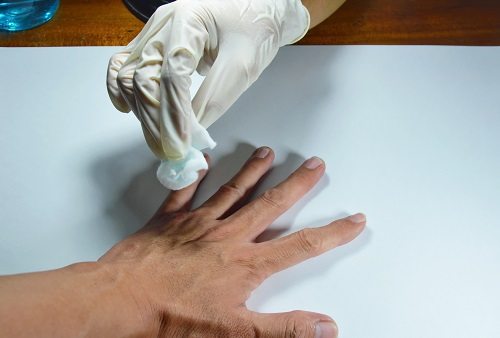
8. Cuts and Infections
Since Tea Tree Oil (Melaleuca) is effective in killing bacteria and microbes, it can be used to help disinfect cuts. It can also aid the processing of destroying an infection. When treating a cut or infection first use an actual first aid disinfectant such as hydrogen peroxide to clean the cut or infection. Following using the disinfectant, use Tea Tree Oil (Melaleuca) to help prevent any bacteria from entering the wound or infection and making it worse.

9. Toothpaste
Tea Tree Oil (Melaleuca) can be used to fight bad breath, and prevent the growth of bacteria on your tongue and teeth, so it can be used as a toothpaste. It is important that you do not swallow the oil that is in your mouth because it is toxic when it is consumed. Tea tree oil has also been linked to the reduction bleeding gums. Tea Tree Oil (Melaleuca) mixed with baking soda and coconut oil can be an effective toothpaste to try using.

10. Cancer Prevention
Although it is yet to be proven scientifically, some claim that Tea Tree Oil (Melaleuca) can be used to help prevent cancer from developing within a person’s body. It can be mixed with other essential oils to be applied to areas of your skin.
Conclusion
Tea Tree Oil (Melaleuca) can be used is quite beneficial in many different ways. It can be used for acne, hair, cleaning, psoriasis and eczema, toenail fungus and ringworm, mold, deodorant, infections and cuts, toothpaste, and potentially cancer prevention.




Leave a Reply
Want to join the discussion?Feel free to contribute!